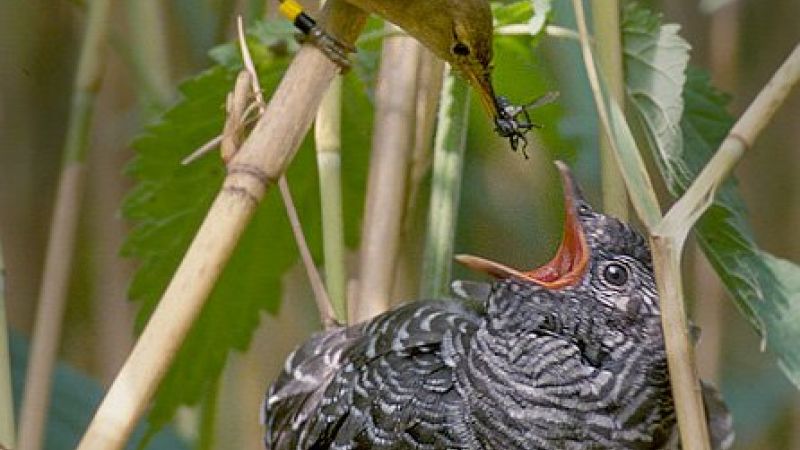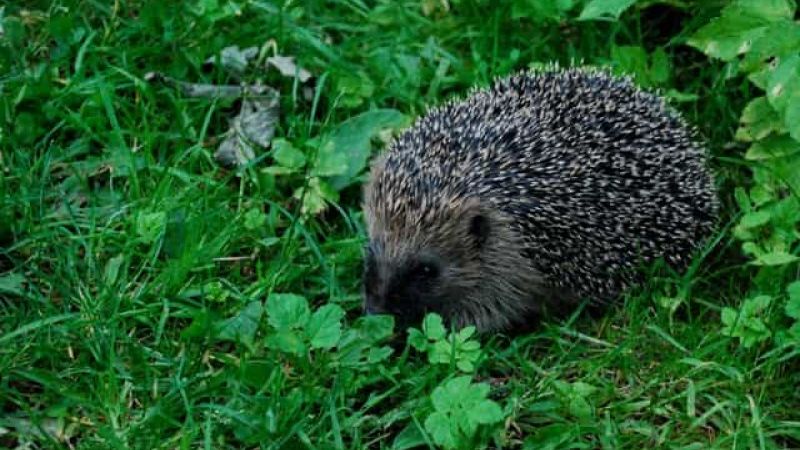
Small birds fly at high altitudes towards Africa
A new study from Lund University in Sweden shows that the great reed warbler and the red-backed shrike migrating from Scandinavia to Africa in the autumn occasionally fly as high as 4 000 metres above sea level - probably adjusting their flight to take advantage of favourable winds and different wind layers.
This is the first time that researchers have tracked how high small birds fly all the way from Sweden to Africa. Previous studies have successfully logged the flight height of larger migratory birds.
“We only followed two individuals and two species. But the fact that both of them flew so high does surprise me. It’s fascinating and it raises new questions about the physiology of birds. How do they cope with the air pressure, thin air and low temperatures at these heights?”, says Sissel Sjöberg, biologist at Lund University and the Zoological Museum in Copenhagen.
The aim of the study was to investigate whether the measuring method itself works on small birds, that is, to measure acceleration, barometric pressure (air pressure) and temperature throughout the flight using a small data logger attached to the bird.

Red-backed shrike (Lanius collurio)
The data logger was attached to two individuals of different species: the great reed warbler and the red-backed shrike. Among other things, the results show how long it takes for each bird to fly to their destination. The measured barometric pressure showed that the great reed warbler occasionally flies at 3 950 metres, and the red-backed shrike flies at 3 650 metres. Both individuals flew the highest above ground across the Mediterranean Sea and the Sahara, but the shrike reached higher flight altitudes closer to its winter grounds in southern Africa.
Sissel Sjöberg thinks it is likely that other small birds fly as high, maybe even higher. But there is no evidence of that yet. “In this study, we only worked with data collected during the autumn, when the small birds migrate to Africa. There are other studies that indicate that the birds fly even higher when they migrate back in the spring, but we cannot say for sure.”
The small transmitter was developed by technicians at the Centre for Animal Movement Research, CanMove, at Lund University. The study published in the Journal of Avian Biology is a collaboration between Lund University, the University of Copenhagen and the Nature Research Centre in Vilnius.
https://onlinelibrary.wiley.com/doi/abs/10.1111/jav.01821
https://doi.org/10.1111/jav.01821
Last edited: 8 March 2022 09:28



